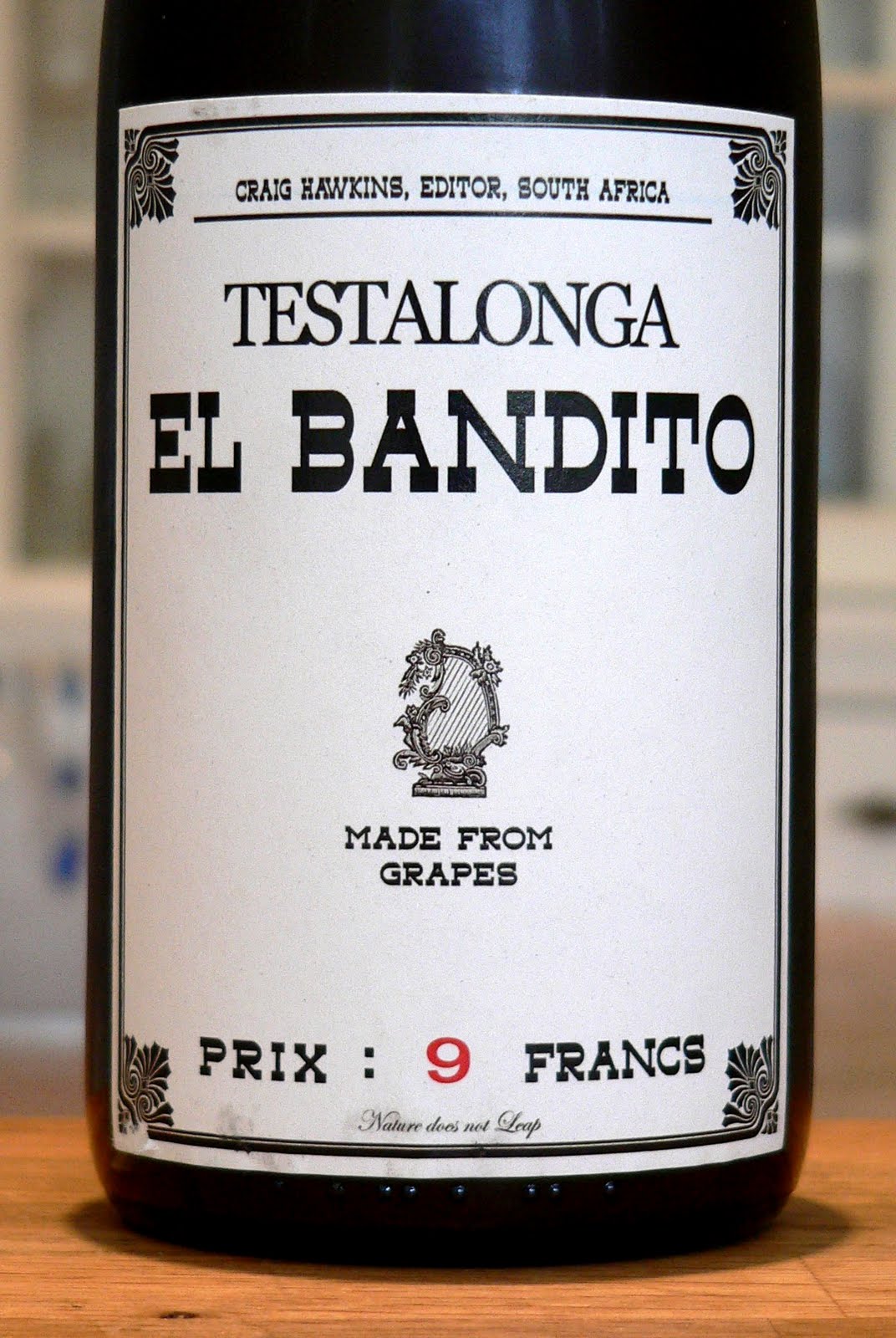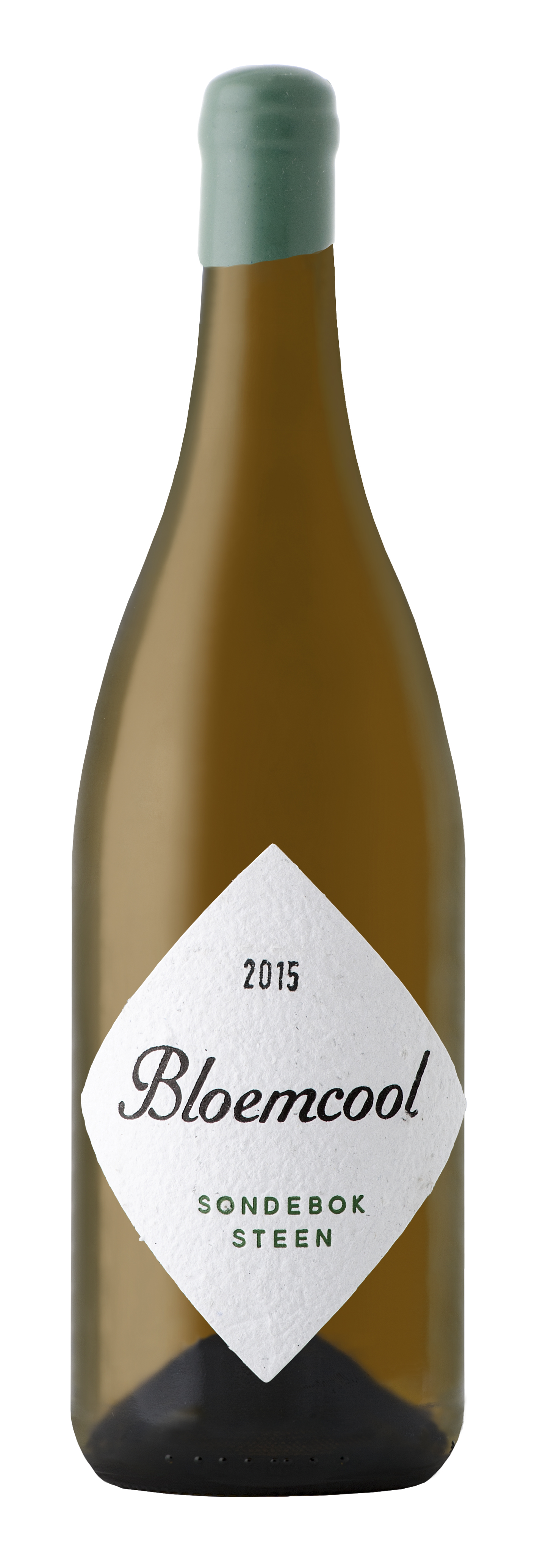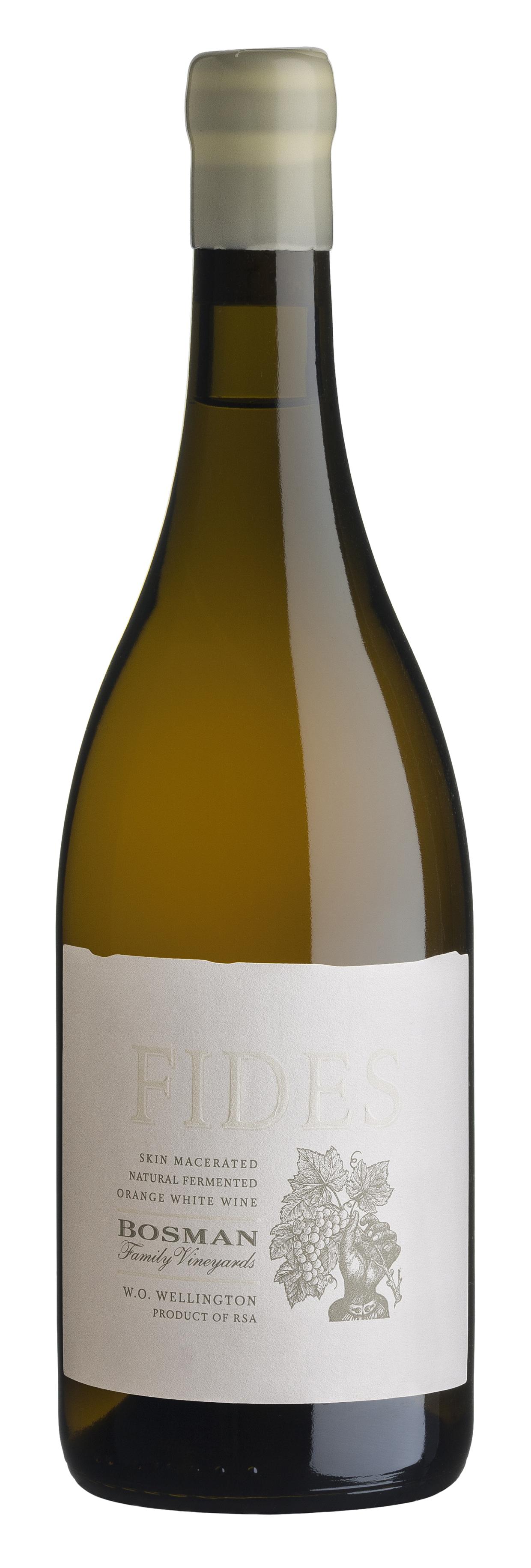Skin-fermented whites – adding a new dimension
The South African wine scene is nothing if not dynamic. Not only are new varieties better suited to the climate generally being introduced but others, long a part of the vineyard complement, are being re-discovered and re-invented. However, exploration down varietal avenues, new and old, is nothing compared with the pushing of vinification boundaries. Wine fermented under a layer of yeast, wine in glass jars left to age in the sun and skin-fermented whites – none are new in the global wine galaxy and, in reality, not even in South Africa. But it was only in the middle of 2015 that official regulations were discussed and drawn up for six new classes of wine, skin-macerated white being one. ‘Macerated’ also includes fermentation on the skins for a minimum of 96 hours. Many have gone to far greater extremes.
Why has this method become so popular? What or who inspired local producers to experiment with skin maceration? Do white varieties generally respond positively? Keen to find answers to these and other questions, I quizzed a few of the growing number of enthusiasts.
First up is Craig Hawkins of Testalonga as he was, if not the first to experiment, one of the most high-profile exponents and he assisted the Wine and Spirit Board to draw up the new regulations. He recalls: “It was a lengthy process, taking two years, but in the end everything worked out and showed regulatory systems can be worked to the producers’ benefit.”

He maintains that having such regulations in place shows that these wines need to be taken seriously: “It’s now up to the winemakers to experiment and showcase the wines’ true potential. Regulations ensure the style’s respected and with respect comes quality.”
Hawkins’ own inspiration first came from an Italian producer: “I was suddenly confronted by the wide array of new flavours and tastes, and immediately set about searching for more wines like these.”
Slovenia and Georgia as well as Italy were his next ports of call before attempting his first home-macerated wine, a 2008 Chenin Blanc, fermented for five weeks on the skins. Since then, maceration times have varied between three weeks to two years (!) and a lot in between. Taste and balance now dictate length of time on the skins, normally between 10 and 21 days.
Hawkins has not stuck with just Chenin Blanc, which maceration provides with a depth and particularly appealing textural quality. Muscat (d’Alexandrie) reveals much more aroma and Hárslevelü introduces a degree of tension “that might be characterised as minerality”. More generally, Hawkins believes, controversially for some, that skin-macerated whites reflect the vintage as well as, if not better than, the same grapes pressed directly to barrel or tank. His explanation is that tannins present in a wet as opposed to a dry year, for example the 2014 wines in the Swartland are much more floral and lighter in colour with a greater juice to skin ratio, as opposed to 2015, where the wines are more earthy and deeper in colour thanks to higher tannin levels.
Fairview is another producer noted for being up with the trend – with their new Bloemcool Sondebok Steen 2015, they are entering an already growing field. “We have been experimenting with skin-fermenting Chenin from about 2010,” explains winemaker, Anthony de Jager. “Natural ferment and basket press were part of the thought process when we were creating the Nurok blend and now play a crucial role, adding both tannin and structure and an interesting spin on the fruit flavours.”

As a favourite component, the team decided to showcase it solo, hence Sondebok (meaning a naughty child or something that goes against the grain).
Why Chenin? “There seems to be almost no rules with Chenin, it seems to thrive on the alternative,” De Jager offers. He adds that they are also trialling skin-fermented Grenache Blanc, “which is looking great”. Their approach has been a little more cautious than Hawkins’, leaving the cooled Chenin on its skins for just three days in tank, prior to pressing and continued ferment in stainless steel before being transferred into older French oak, where it remained for eight months on its lees before fining, filtration and bottling. The natural ferment provides its usual more subtle earthy character with just a gentle tannin grip on the soundly dry finish.
If Hawkins was inspired and enthused by Italian skin-fermented whites, Bosman Family Vineyards’ winemaker, Corlea Fourie, began her journey in Spain. Like De Jager, she saw their potential as a blend component, in her case for the Bosman Adama White. Fourie’s experiments have covered a wide varietal range: Chenin Blanc, Riesling and Grenache Blanc, with 2016 newcomers Roussanne, Verdelho and Pinot Gris. But it is Grenache Blanc, from the first 2013 vintage, that inspired her to bottle it solo under the Fides label.

There’s no recipe as to how long the wine remains on the skins: “It’s all in tasting the fermenting and maturing wine and gauging where it’s going,” Fourie confirms, adding that she’s now becoming more at ease with longer skin contact. Press wine from the basket press may be added if it brings “… a different and compelling element.” Her ultimate goal is “… to show the value of using the inherent tannins and extra aromas of the grape in the wine...”
Just a few others trialling different varieties include: Thys Louw of Diemersdal, who’s added a 10th Sauvignon Blanc to his portfolio from his favourite grape. The Wild Horseshoe, a first attempt at a naturally fermented, skin-contact Sauvignon, spent four days on the skins and 11 months in oak. Its dry finish, textured layers and sense of ripeness rather than fruit make it an ideal food partner.
Mick and Jeanine Craven’s first Clairette Blanche was wholly skin fermented for 12 days before ageing in older, neutral barrels. Subsequently they’ve blended skin-fermented with non skin-fermented wine and only a portion barrel fermented, a combination that’s proved more popular with consumers and, in fact, a more interesting, better balanced wine.
Semillon attracted John Seccombe of Thorne & Daughters: “The quality of the tannin in the skins was one of the motivations for producing Tin Soldier. Semillon in particular (and Semillon Blanc especially) has a very thick skin and, as the tannins ripen, I can only describe them as ‘fine and creamy’ in texture – precisely the character I was looking for in the wine.”
Skin-macerated whites, to give them their official name, remain niche and not to everyone’s taste but they are adding another spectrum and dimension to South African white wines. As winemakers grow in confidence and ability in dealing with the style, so will surely also the wines’ individuality and, hopefully, a greater sense of South Africanness.
– Angela Lloyd